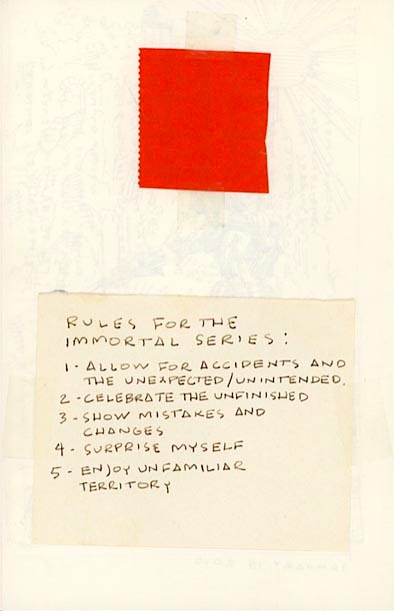
Our friend John Wellington is an artist whose controversial work has been called “classical, claustrophobic, fetishistic, beautiful, vulgar, architectural, humorous, morbid, decorative, and sexual.” He renders deeply personal imagery using Old Master techniques in unique ways and teaches his methods at the New York Academy of Art where he is an Adjunct Professor, and at his Manhattan studio.
For more than thirty years John created, copied, ruminated, lamented, critiqued, elucidated, explored and most importantly, drawn in sketchbooks. Recently, he created IDOLS DEMONS SAINTS, an iBook for iPads based on his sketchbooks. It is a kind of visual journal and art manual that offers insight into John’s creative process and the complex Old Master techniques he uses, from sketch to finished work.
IDOLS DEMONS SAINTS interests us for many reasons. First, we’ve learned a great deal from being able to see John’s process of painting; even though we are not painters, understanding his thinking helps us in our own work. The first page of the sketchbook, for example, lists principles useful in any creative endeavor.
Second, John created the 118-page book himself and is selling it via iTunes for $3.99, as a way to share is work, process and techniques and make money. It was improvised using a good scanner, Apple’s free program iBook Author and gumption.
It includes images and detailed descriptions of the unique techniques and thought processes he uses:
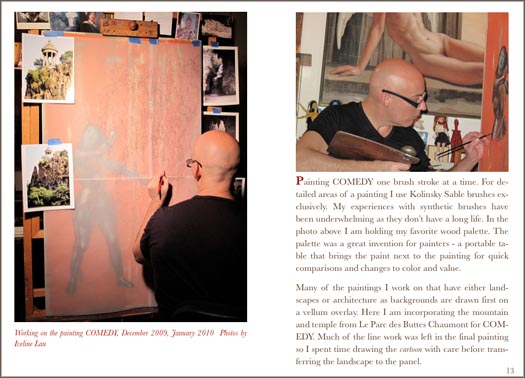
…
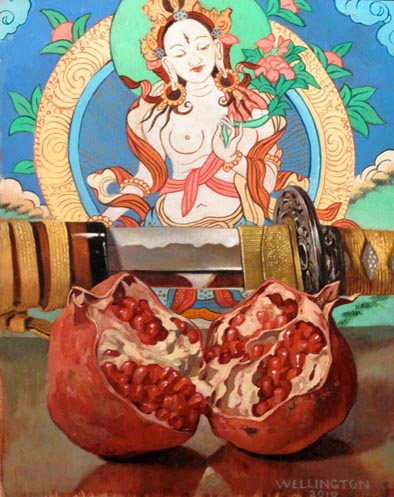
…
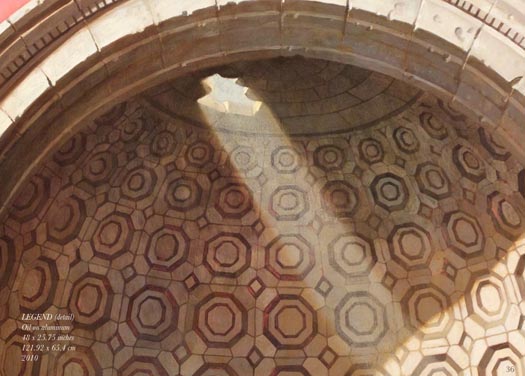
…
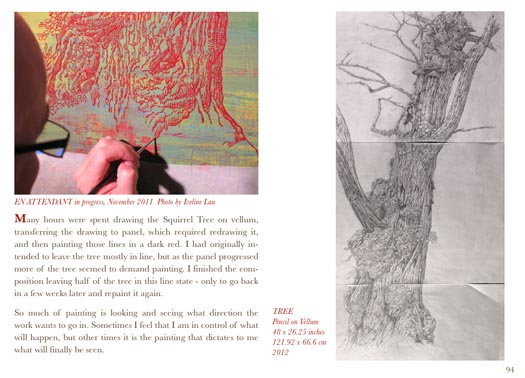
We found John’s commentary illuminating and useful:
Many hours were spent drawing the Squirrel Tree on vellum, transferring the drawing to panel, which required redrawing it, and then painting those lines in a dark red. I had originally intended to leave the tree mostly in line, but as the panel progressed more of the tree seemed to demand painting. I finished the composition leaving half of the tree in this line state – only to go back in a few weeks and repaint it again.
So much of painting is looking and seeing what direction the work wants to go in. Sometimes I feel that I am in control of what will happen, but other times it is the painting that dictates to me what will finally be seen.
John’s book made us realized that anyone can make an eBook pretty easily these days, using an app or software. Here’s some info about the possiblities in the realm of ebooks and apps and some info about what to look for in eBook software. And here are a few apps we found:
iBooks Author
Calibre (open-source)
My Bookmaker
DemiBooks
Photos by Iveline Lau
Related posts: notebooks for graphing the past and future
the role of magic in the creative process
7 principles of comedy/design/creating anything
isamu noguchi’s creative process
‘self-taught’ lessons about learning and creativity
the 7 vices of highly creative people

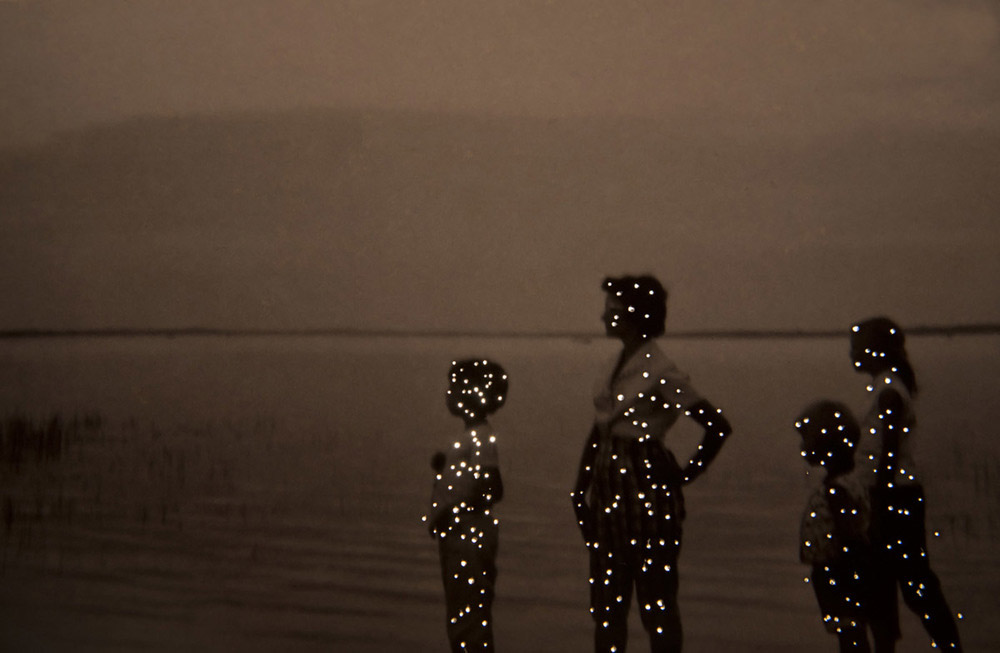
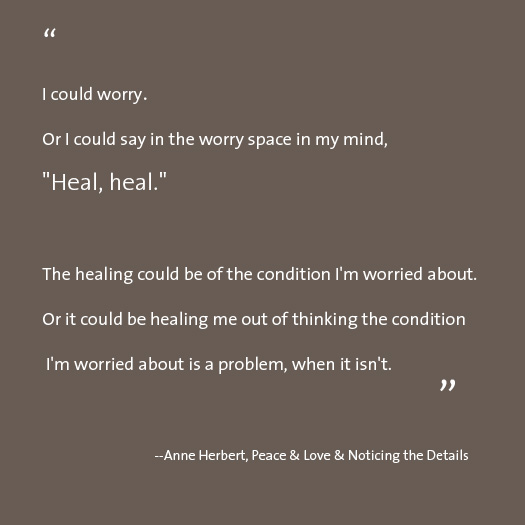
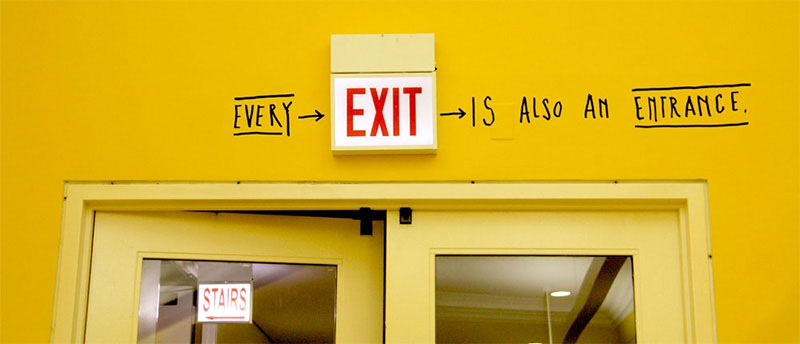
I love that I can come here each time that you post and learn or see something entirely new and exciting and inspirational. Thank you, again and again!
I agree completely! This blog is a post-graduate course in how to be a civilized person.
My own paintings are a kind of meditation. I can relate to these art works emphatically. Color is a primary tool of communication. They reflect breathing and the beating of the heart.